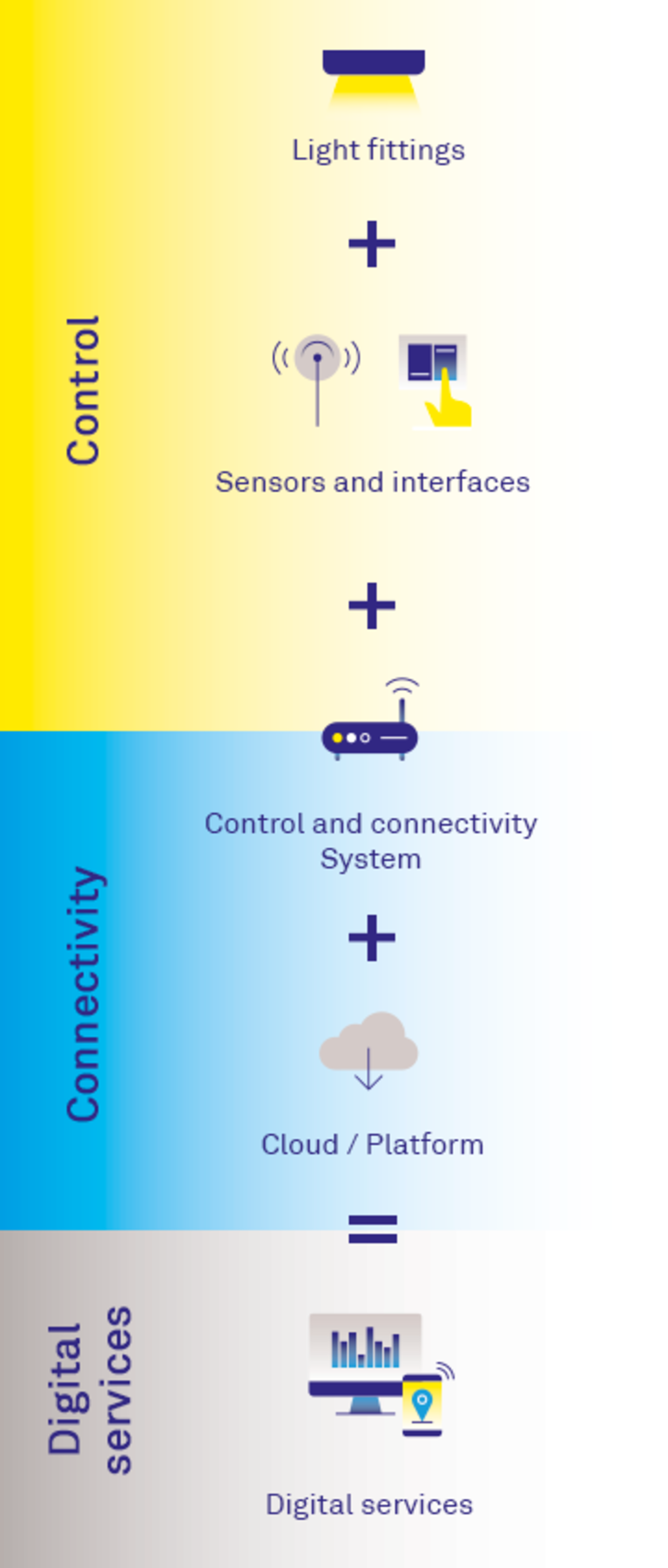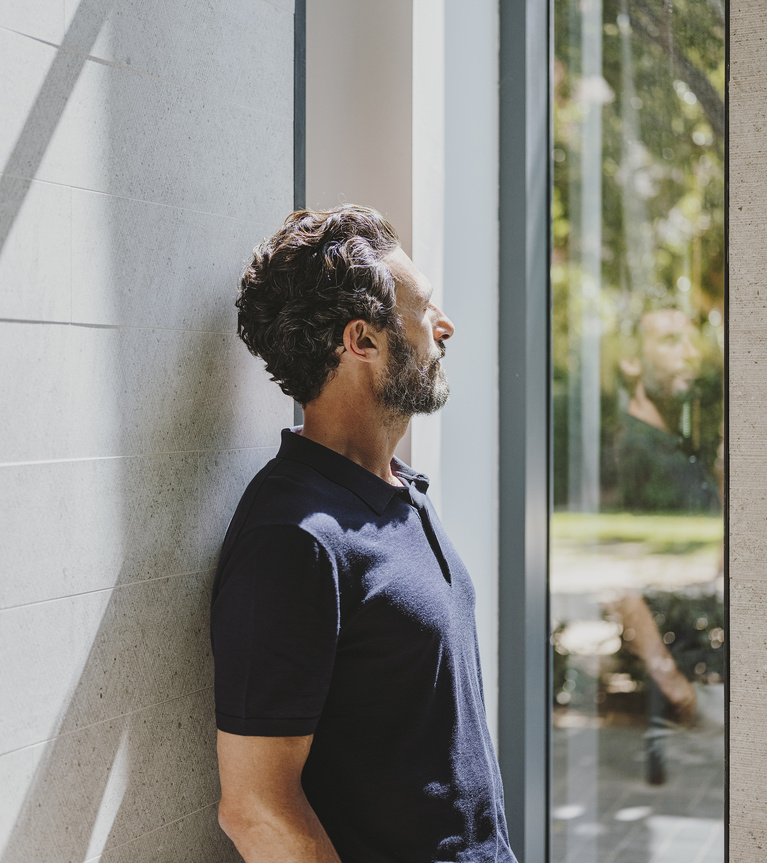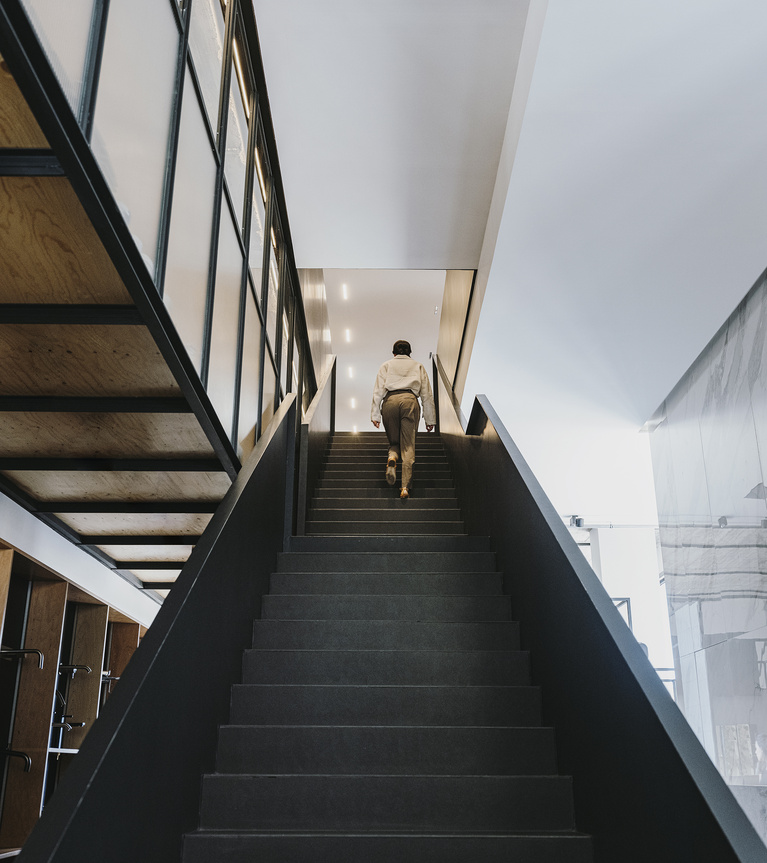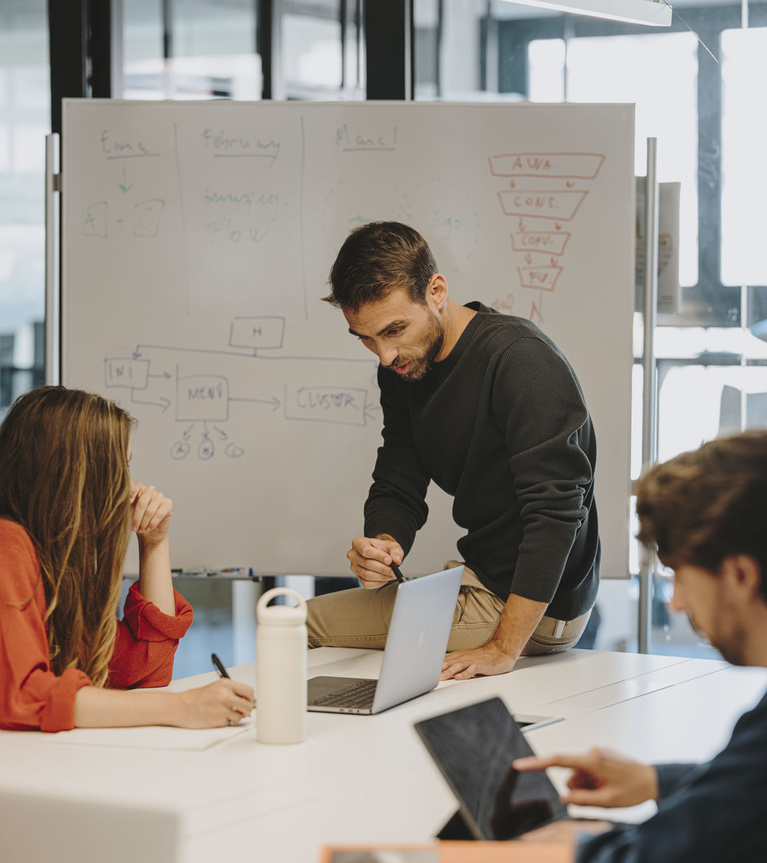

Lighting is a key element in cornerstone for people's activity and well-being. That is why we design and develop luminaires based on how they interact with their surroundings.
Through a control system, it is possible to adapt the lighting of one or more luminaires within the same space. So, for example, we can adjust the light to our circadian cycle, choosing a colour temperature that stimulates us in the morning and soothes us at night. Or, create clusters of luminaires to achieve greater energy savings, specific ambience scenes or profiles regulated by operating conditions. By using sensors, we can receive information about what is happening in our surroundings and act accordingly.
Through connectivity technology, we transcend the physical barrier of spaces, and are able to control any installation from any point. Furthermore, it enables us to collect data and detailed information, and with it, make strategic decisions.
It all began with an opportunity to offer new tools beyond the comfort and energy savings that has always been associated with the lighting.
Understanding of people
Performance and well-being.
Creating light for people.
Light is a key aspect of people’s lives, and proper use of it provides (is conducive to) good health. Through quality lighting that is focused on people, Human Centric Lighting helps to improve well-being, restoring natural biorhythms that directly affect satisfaction, productivity and happiness.
Comfortable and adjustable light.
Custom ambiance lighting.
Customised lighting according to the requirements for each occasion. It lets us create a comfortable and customised environment that meets demands that are spatial, such as the space's location; or functional, such as the tasks to be done; or biological, such as the user's age or mood.


Understanding of buildings
Energy saving.
Smart controlled lighting prevents resource wastage.
Reducing energy consumption can be done using smart lighting, which can be controlled through schedule programming and presence sensors, as well as improved usage of natural light which prevents wasting available resources.
Space management and optimisation.
Making decisions focused on efficiency.
Using occupancy sensors and consumption indicators we obtain information that allows us to make strategic decisions to manage spaces as efficiently as possible. In turn we can identify the areas that are used most, as well as the flow of people’s movement, to adapt, plan and improve resources efficiency.
Think business
Connect and improve the user experience.
A communication tool that goes beyond lighting.
Good lighting improves how users perceive their environment. Light, which is everywhere, can become a tool for communication and interaction, by working as a guide in indoor areas, sending messages and even creating a visual language of its own.
Preventative maintenance.
Detect incidents and performance deficiencies to predict future expenses.
UBy actively monitoring the information provided by the light fittings, we are able to detect incidents and inspect the equipment and installations in order to ensure smooth operation and future maintenance.
Increase turnover.
Smart resource management allows us to reduce costs, optimise operations and, as a result, increase revenues.
